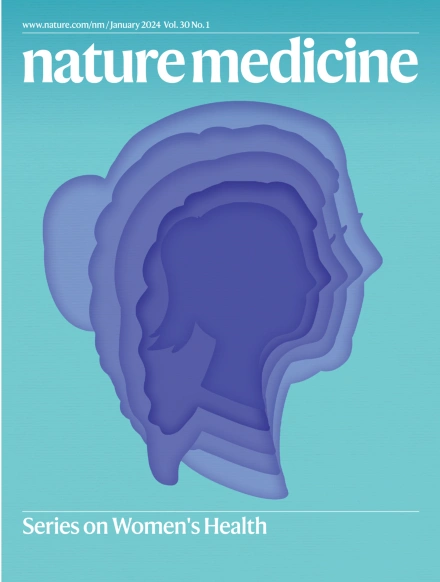Endothelial cell-related genetic variants identify LDL cholesterol-sensitive individuals who derive greater benefit from aggressive lipid lowering
IF 58.7
1区 医学
Q1 BIOCHEMISTRY & MOLECULAR BIOLOGY
引用次数: 0
Abstract
The role of endothelial cell (EC) dysfunction in contributing to an individual’s susceptibility to coronary atherosclerosis and how low-density lipoprotein cholesterol (LDL-C) concentrations might modify this relationship have not been previously studied. Here, from an examination of genome-wide significant single nucleotide polymorphisms associated with coronary artery disease (CAD), we identified variants with effects on EC function and constructed a 35 single nucleotide polymorphism polygenic risk score comprising these EC-specific variants (EC PRS). The association of the EC PRS with the risk of incident cardiovascular disease was tested in 3 cohorts: a primary prevention population in the UK Biobank (UKBB; n = 348,967); a primary prevention cohort from a trial that tested a statin (JUPITER, n = 8,749); and a secondary prevention cohort that tested a PCSK9 inhibitor (FOURIER, n = 14,298). In the UKBB, the EC PRS was independently associated with the risk of incident CAD (adjusted hazard ratio (aHR) per 1 s.d. of 1.24 (95% CI 1.21–1.26), P < 2 × 10−16). Moreover, LDL-C concentration significantly modified this risk: the aHR per 1 s.d. was 1.26 (1.22–1.30) when LDL-C was 150 mg dl−1 but 1.00 (0.85–1.16) when LDL-C was 50 mg dl−1 (Pinteraction = 0.004). The clinical benefit of LDL-C lowering was significantly greater in individuals with a high EC PRS than in individuals with low or intermediate EC PRS, with relative risk reductions of 68% (HR 0.32 (0.18–0.59)) versus 29% (HR 0.71 (0.52–0.95)) in the primary prevention cohort (Pinteraction = 0.02) and 33% (HR 0.67 (0.53–0.83)) versus 8% (HR 0.92 (0.82–1.03)) in the secondary prevention cohort (Pinteraction = 0.01). We conclude that EC PRS quantifies an independent axis of CAD risk that is not currently captured in medical practice and identifies individuals who are more sensitive to the atherogenic effects of LDL-C and who would potentially derive substantially greater benefit from aggressive LDL-C lowering. From an analysis of participants in lipid-lowering trials for primary and secondary prevention of coronary artery disease, a polygenic risk score comprising 35 single nucleotide variants with predicted effects on endothelial cell function identified patients who benefited most from aggressive lipid-lowering therapy.


求助全文
约1分钟内获得全文
求助全文
来源期刊

Nature Medicine
医学-生化与分子生物学
CiteScore
100.90
自引率
0.70%
发文量
525
审稿时长
1 months
期刊介绍:
Nature Medicine is a monthly journal publishing original peer-reviewed research in all areas of medicine. The publication focuses on originality, timeliness, interdisciplinary interest, and the impact on improving human health. In addition to research articles, Nature Medicine also publishes commissioned content such as News, Reviews, and Perspectives. This content aims to provide context for the latest advances in translational and clinical research, reaching a wide audience of M.D. and Ph.D. readers. All editorial decisions for the journal are made by a team of full-time professional editors.
Nature Medicine consider all types of clinical research, including:
-Case-reports and small case series
-Clinical trials, whether phase 1, 2, 3 or 4
-Observational studies
-Meta-analyses
-Biomarker studies
-Public and global health studies
Nature Medicine is also committed to facilitating communication between translational and clinical researchers. As such, we consider “hybrid” studies with preclinical and translational findings reported alongside data from clinical studies.
 求助内容:
求助内容: 应助结果提醒方式:
应助结果提醒方式:


